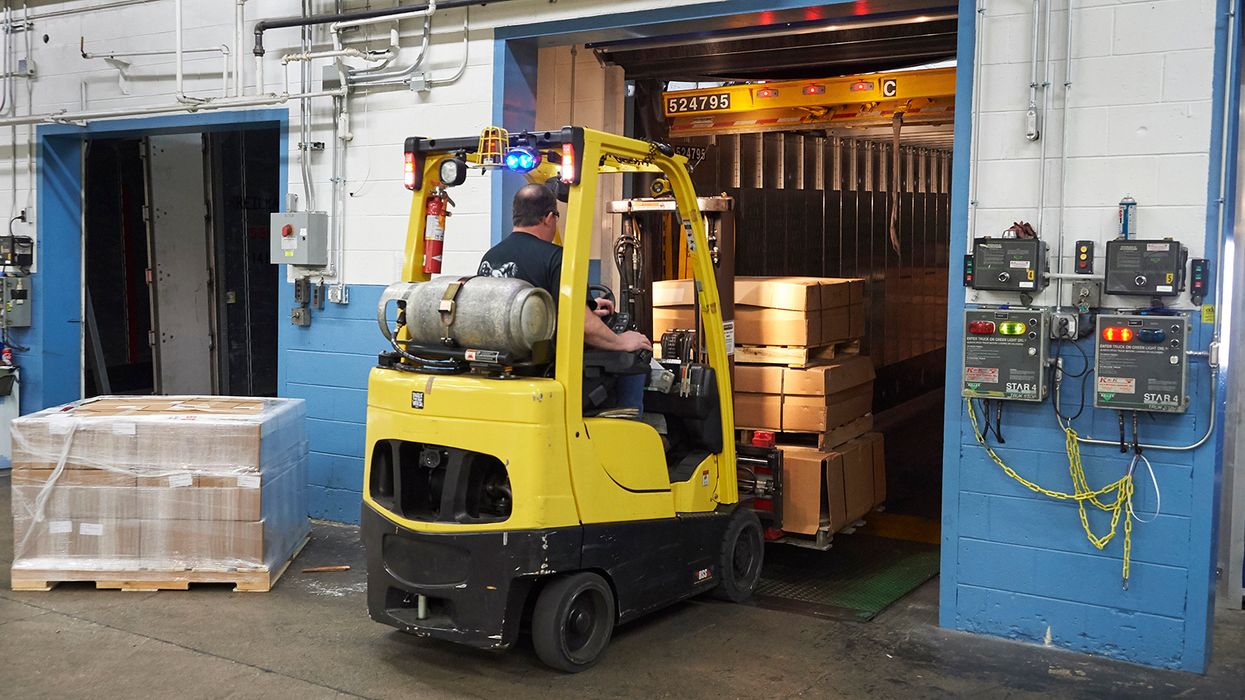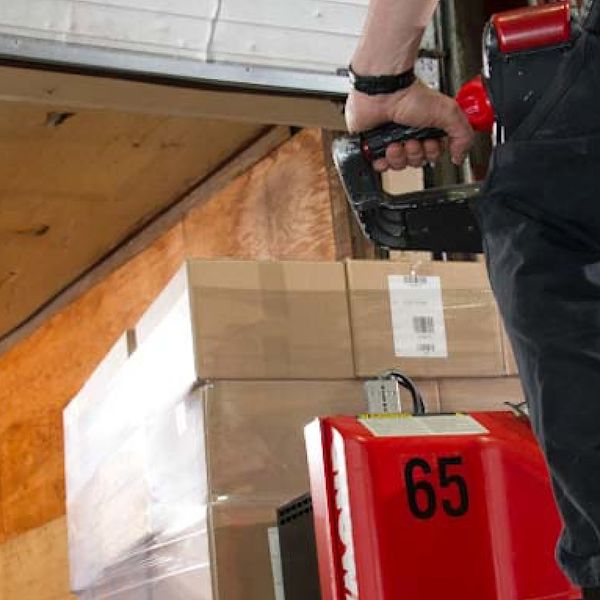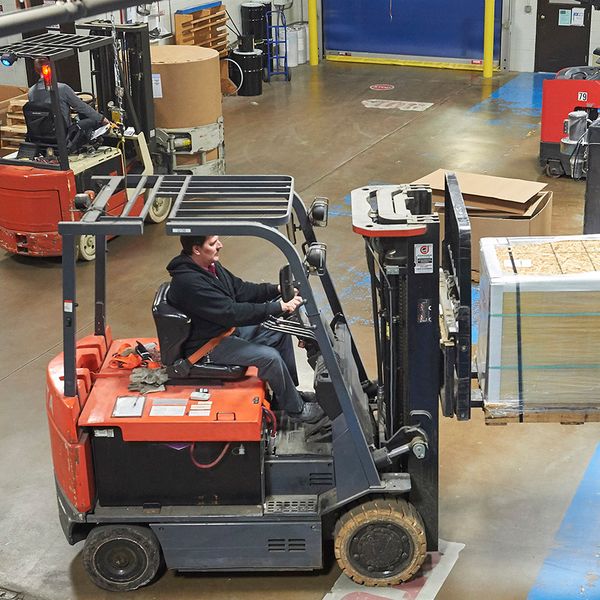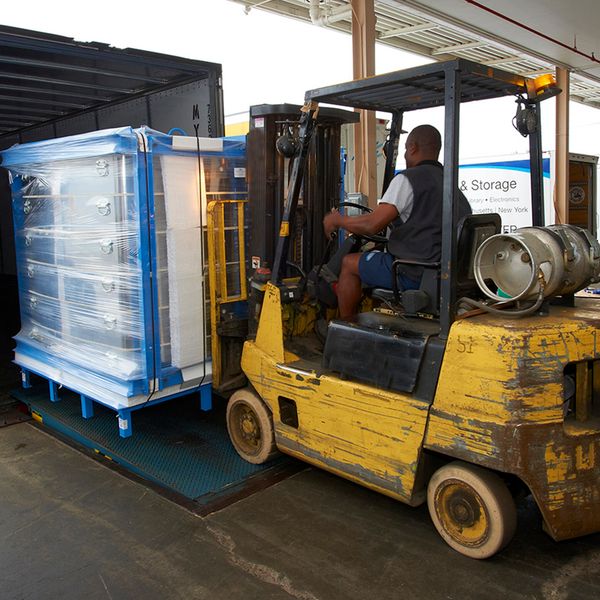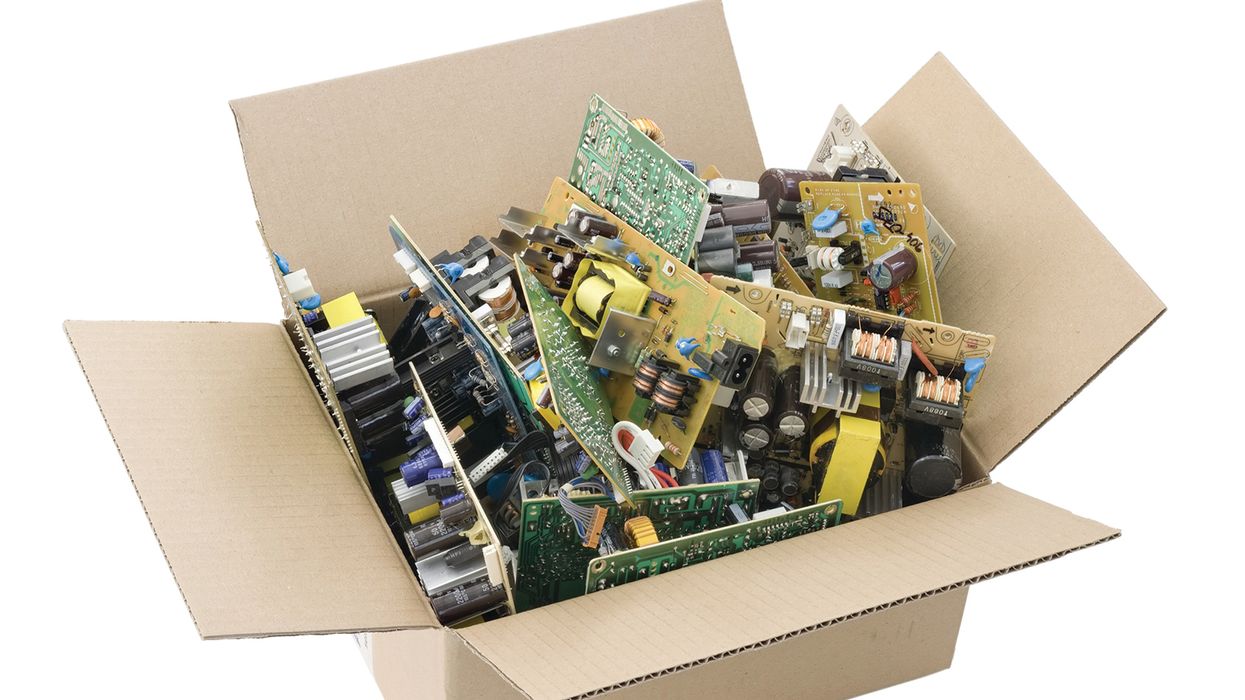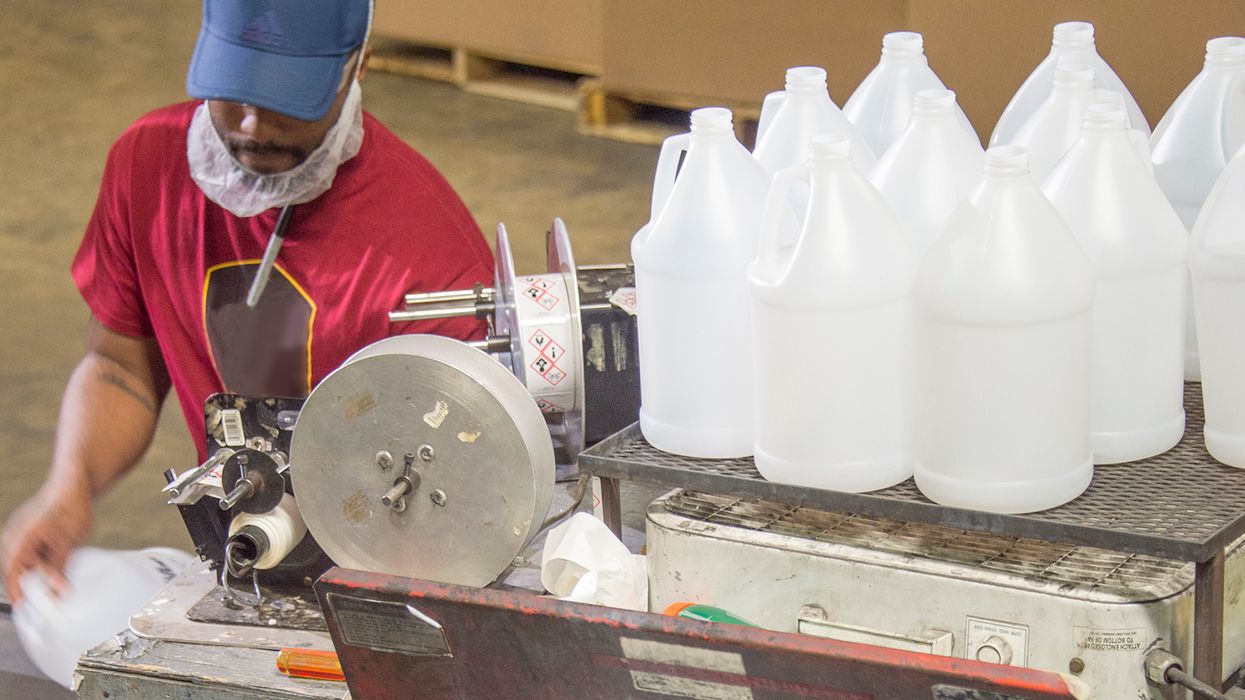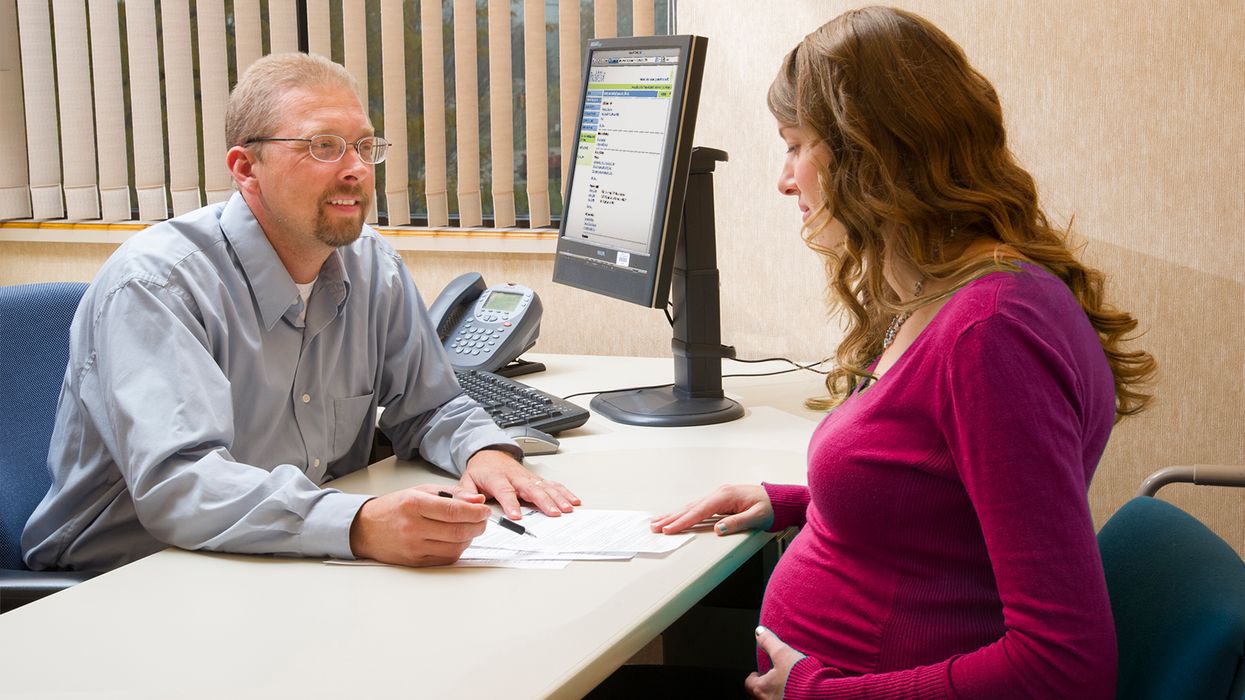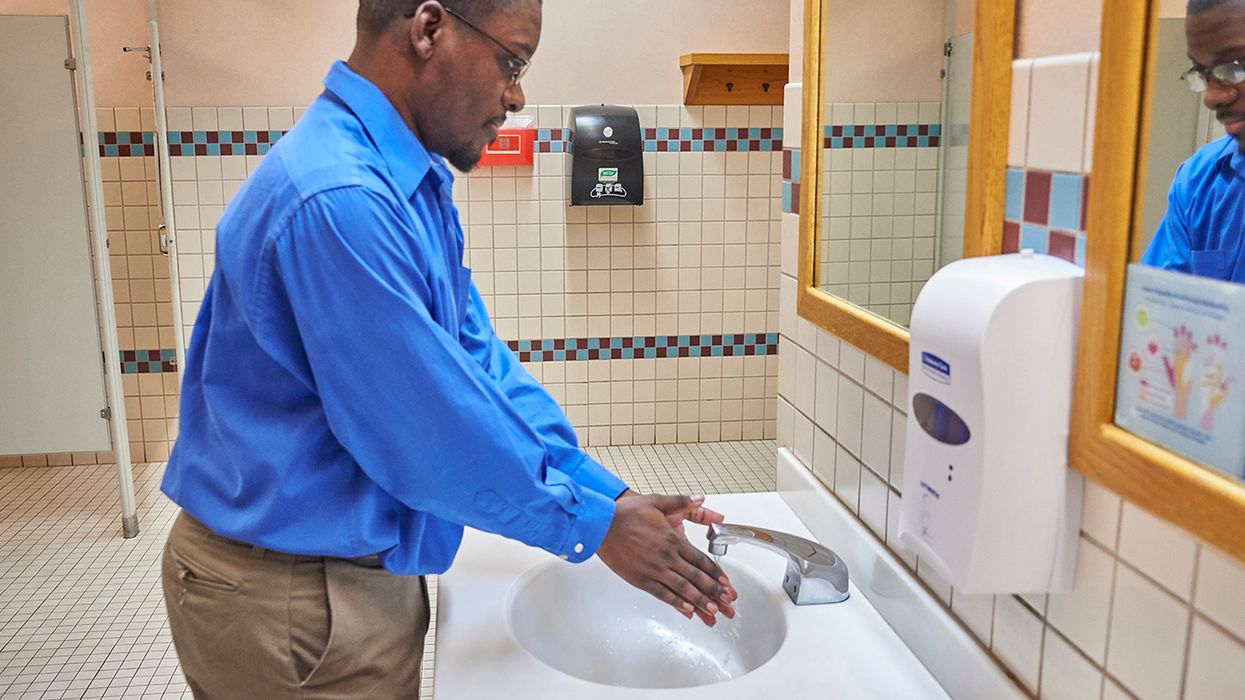Evaluate hazards to improve loading dock safety
A loading dock tends to be a busy area, making it a dangerous place to work. Areas where outgoing freight is staged and incoming material is unloaded can be chaotic and hazardous for both pedestrians and forklifts. Make sure all employees follow proper safety procedures.
A number of things can cause injuries in loading dock areas, including:
- Falls from docks;
- Being pinned or crushed by goods or material;
- Being struck by equipment such as forklifts;
- Not using proper lifting techniques;
- Not using proper personal protective equipment; and
- Coming into contact with chemicals or other hazardous substances.
In addition, the following conditions can cause injuries:
- Dock doors are often left open. Because of this, rainwater or snow can build up on the interior floors and on the dock itself, creating a slip hazard.
- Dock plates must be designed to handle the load passing over them, and must be properly positioned and secured so they don’t move out of position.
- Pieces of wooden pallets or other debris on the floor can lead to slips and puncture wounds.
- Pallets and containers stacked incorrectly can cause sliding, tipping, and falling loads.
- Falls to a lower level can cause serious injury; open docks without a trailer must usually be guarded with either safety chains or a guardrail.
Safety procedures
For outdoor areas where trailers are backed into loading docks, some general rules for truck traffic include the following:
- Implement a rule for truck traffic to flow in a counter-clockwise direction around the facility. Turning left is usually easier than turning right (due to better visibility).
- Trucks should have a staging area where they can wait before backing up to a dock.
- Maintain sufficient loading area for each dock. This can range from 60-70 feet in front of the dock and from 2-3 feet on either side of the truck.
Forklift operators should be especially careful when unloading trailers by using the following precautions:
- Chock the trailer wheels to prevent the trailer from walking or creeping, or engage the dock lock if available.
- Verify that dockboards are in good repair and properly positioned.
- Check the trailer condition before driving the forklift into it. Floors can deteriorate and fail.
- Don’t allow pedestrians in trailers with a forklift. The likelihood of being crushed is greater in tight spaces.
- If unloading small delivery trucks, use hand pallet jacks instead of forklifts. These types of vehicles are not usually designed to support forklifts.
Whether operating a forklift, breaking down or stacking pallet loads, receiving and checking in freight, driving the delivery truck, or just walking through the loading dock area, employees must remember to keep alert for all of these hazards.

